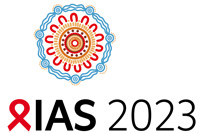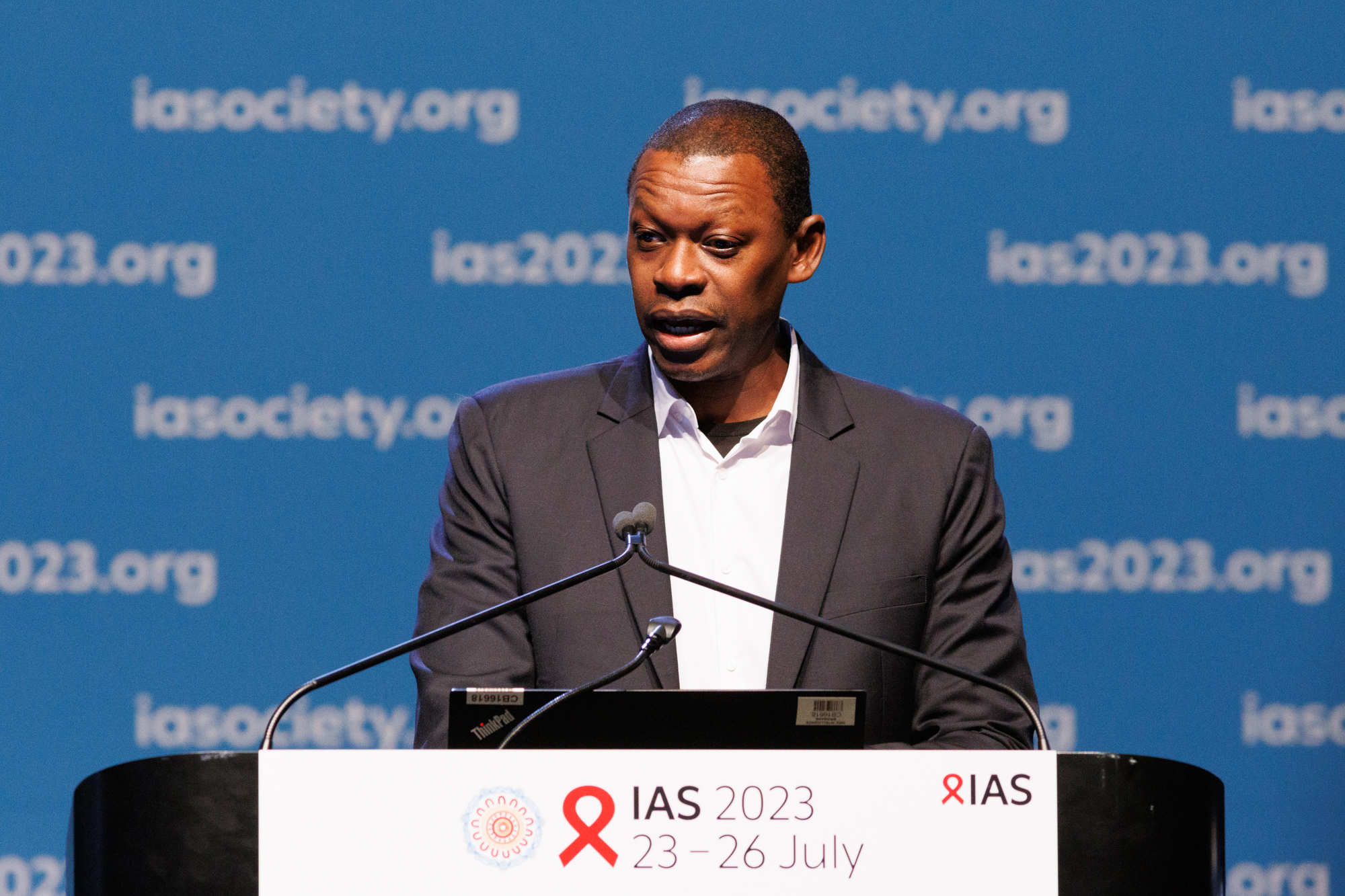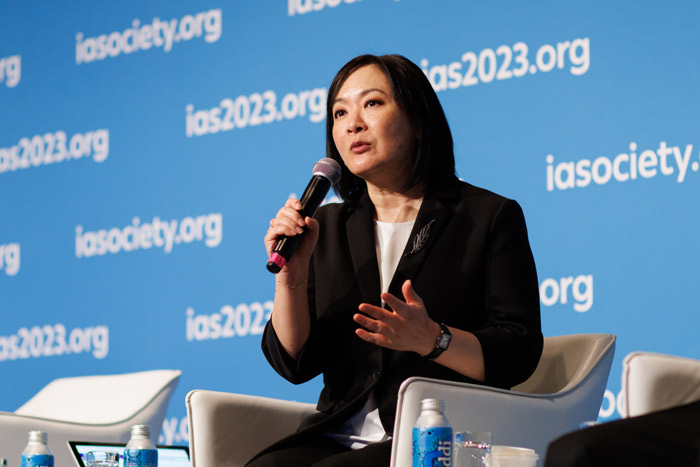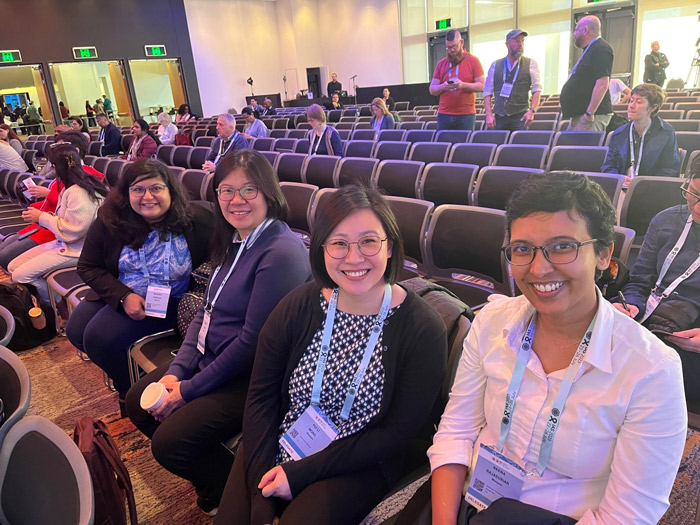HIV Cure, Control, Care: What’s New?
Highlights from IAS 2023

Researchers attending the International AIDS Society (IAS) Conference on HIV Science in Brisbane, Australia, in July reported on the latest advances in the treatment, prevention, and potential cure of HIV.
Here are summaries of the top stories:
New Case of Possible HIV Cure
As reported earlier, a sixth person, known as the Geneva patient, has been potentially cured of HIV via a stem cell transplant. What’s especially interesting about this case is that, while all previous cure cases have involved donor cells with the CCR5-delta32 genetic mutation that renders cells almost impervious to HIV infection, the Geneva patient received “wild-type” donor cells—without the mutation. A compatible donor with the mutation could not be found. The patient, who is in his early fifties, is a member of amfAR’s ICISTEM cohort of people living with HIV and cancer who received stem cell transplants. Further study will be required to determine whether the patient has in fact been cured and the precise mechanisms that achieved it.

The study’s co-principal investigator Dr. Asier Sáez-Cirión, of the Pasteur Institute in Paris, later joined fellow researchers, including IAS President Prof. Sharon Lewin and Dr. Ya-Chi Ho of Yale University, both amfAR grantees, at an HIV cure-focused plenary. The panel discussed issues including progress toward understanding the HIV reservoir, control of the virus in the absence of treatment, and new approaches to measuring viral persistence.
Dr. Lishomwa “Lish” Ndhlovu, chair of amfAR’s Scientific Advisory Committee, also spoke at a plenary on the topic of understanding the HIV reservoir.

Early Treatment as Potential Cure
Researchers presented the cases of five male infants in South Africa who were treated for their HIV infection in the womb and then achieved and sustained undetectable viral loads despite not adhering consistently to ART after they were born, suggesting they can control HIV without antiretrovirals.
Within the longitudinal study, which started in 2015, researchers also found evidence that sex differences in early-life innate immune response may be associated with post-treatment control, as only boys rather than girls, who made up 60% of the cohort, became undetectable.Preventing Cardiovascular Disease
People living with HIV (PLWH) can be twice as likely to develop cardiovascular disease (CVD) as people who are negative, and the global burden of HIV-related CVD among PLWH has tripled over the past two decades. But now preventive measures can be taken to reduce the risk. Principal investigator Dr. Steven Grinspoon shared the already-published findings of the large-scale REPRIEVE (Randomized Trial to Prevent Vascular Events) study, which showed that a daily statin medication—pitavastatin calcium—could decrease the risk of major adverse cardiovascular events, including heart attacks and strokes, among people living with HIV by 35% compared to individuals in the trial receiving a placebo.
Risk of HIV Transmission
In a new policy brief presented at IAS 2023, the World Health Organization (WHO) added their support to the undetectable equals untransmittable (U=U) movement. Along with individual health benefits, people living with HIV who have achieved an undetectable viral load (measured by any WHO-approved test) and continue with their prescribed treatment have “zero risk” of transmitting HIV via sex. Additionally, the policy brief includes new published research that states PLWH on ongoing treatment who have achieved viral suppression but still have a detectable viral load (200 to 1,000 copies/mL) have “almost zero or negligible risk” of transmitting HIV to their sexual partner(s).

Mental Health and HIV in the Asia-Pacific Region
Staff from amfAR’s TREAT Asia program, as well as investigators within the TREAT Asia network, presented on the mental health aspects of young people living with HIV in the Asia-Pacific region at the IeDEA 2023 HIV & Pediatrics Workshop, which preceded IAS 2023.
The mental health of this population is an arena with major clinical care and research gaps that amfAR’s TREAT Asia program and other researchers are seeking to address, in part through improving clinical and research tools to measure mental health symptoms to help clinicians direct care interventions and to show policymakers the needs within the community.

Share This:
